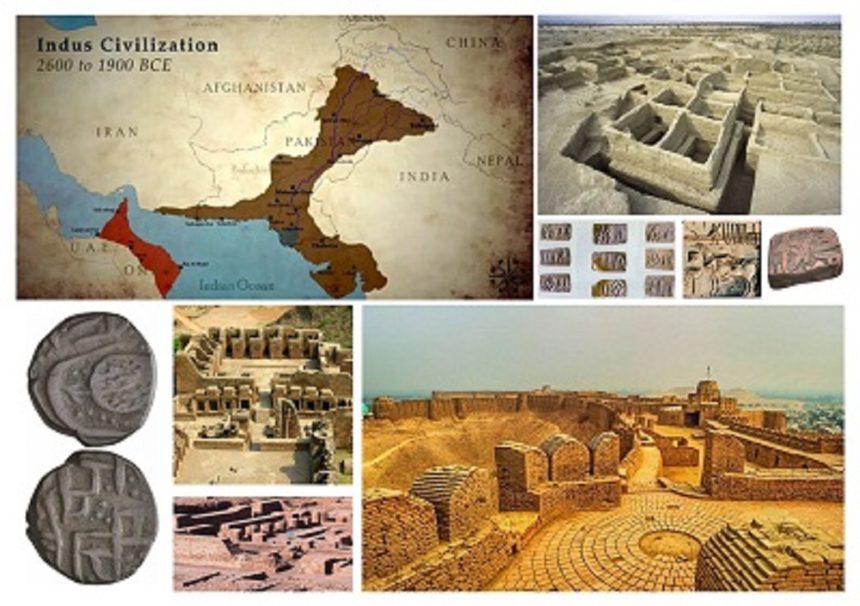Long before Pakistan came into existence in 1947, this land was home to some of the world’s oldest and most mysterious civilizations. From massive city ruins to hidden scripts still undeciphered, the ancient history of Pakistan is rich with real stories that go far beyond what’s found in textbooks.
- 1. Indus Valley Civilization – The First Urban Powerhouse (2600–1900 BCE)
- 2. Mehrgarh – The Agricultural Revolution Pioneer (7000–2500 BCE)
- 3. Gandhara Civilization – The Buddhist Bridge (1st century BCE–7th century CE)
- 4. Soan Valley Civilization – The Forgotten Toolmakers (500,000–125,000 BCE)
- 5. Kot Diji and Amri – The Proto-Indus Builders (3300–2600 BCE)
- 6. The Achaemenid and Mauryan Imprints (6th–2nd century BCE)
- Why This Matters Today
- Conclusion: History Beyond the Headlines
Let’s journey through time and explore the forgotten yet foundational civilizations that shaped not just South Asia—but the course of human history.
1. Indus Valley Civilization – The First Urban Powerhouse (2600–1900 BCE)
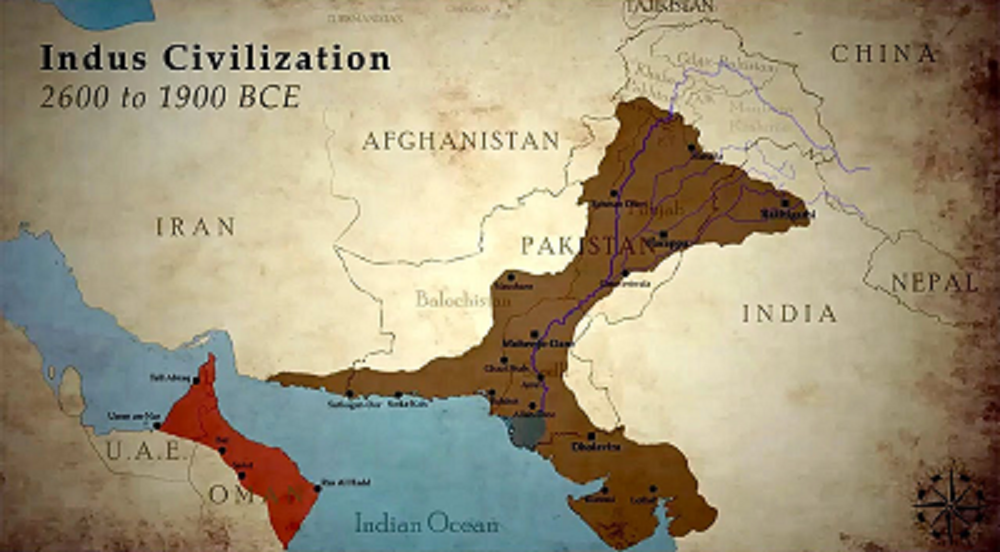
When people think of ancient civilizations, names like Egypt or Mesopotamia come to mind. But nestled between the mighty Indus River and its tributaries was one of the world’s greatest urban societies—the Indus Valley Civilization (IVC).
Major sites like Mohenjo-daro (Sindh) and Harappa (Punjab) reveal an astonishingly advanced society. Cities were planned with mathematical precision—grid layouts, covered drainage systems, public baths, and granaries.
But the biggest mystery? The Indus script—a series of symbols found on seals and pottery that remain undeciphered to this day.
Real Story:
Some experts believe Mohenjo-daro was abandoned due to climate change or river shifts, not war or invasion. Archaeological digs reveal no signs of large-scale violence, challenging colonial-era myths.
2. Mehrgarh – The Agricultural Revolution Pioneer (7000–2500 BCE)
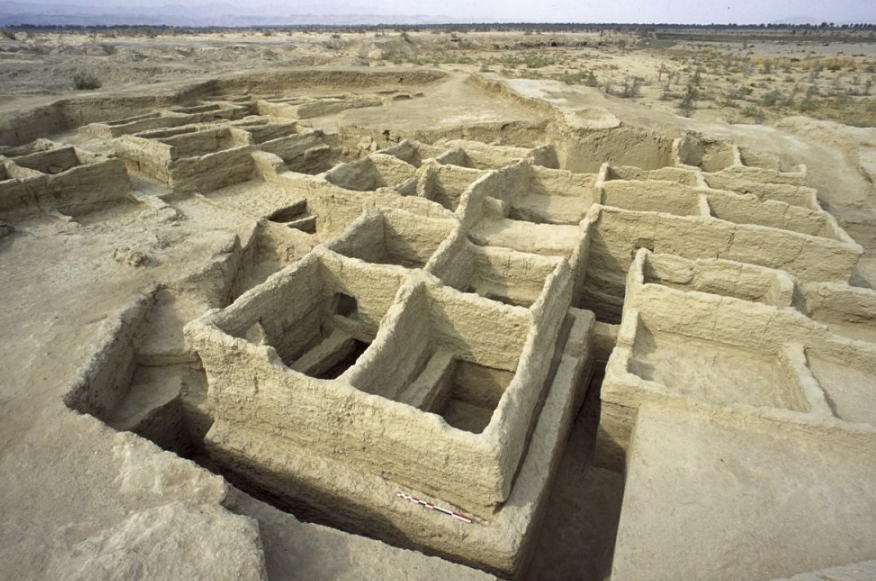
Predating even the Indus Valley sites, Mehrgarh, near the Bolan Pass in Balochistan, is often called the cradle of South Asian civilization.
Here, some of the earliest evidence of farming, herding, and pottery-making in the region was discovered. People here lived in mud-brick homes, buried their dead with ornaments, and made tools from copper—well before the rise of major cities.
Real Story:
Mehrgarh changed what we thought we knew about the roots of civilization. Long assumed that urbanization began with the Indus cities, it’s now clear that rural innovation—not conquest—sparked civilization in this region.
3. Gandhara Civilization – The Buddhist Bridge (1st century BCE–7th century CE)
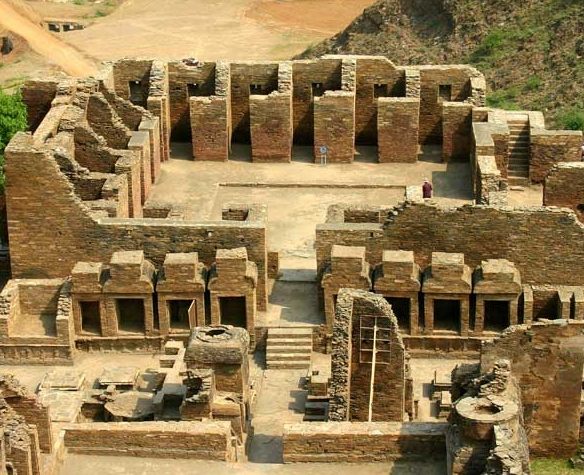
Centered in present-day Peshawar, Swat, and Taxila, the Gandhara civilization was a vibrant cultural melting pot. A key part of the Silk Road, Gandhara saw influences from Greece, Persia, and Central Asia.
What makes it unique is Gandhara Art—a fusion of Greek and Indian styles used to depict Buddhist stories. Taxila University, one of the world’s first learning centers, also thrived here.
Real Story:
Gandhara wasn’t just about religion or art—it was a strategic knowledge hub. Monks, traders, and scholars from around the world passed through here, turning the region into a cosmopolitan center centuries ahead of its time.
4. Soan Valley Civilization – The Forgotten Toolmakers (500,000–125,000 BCE)
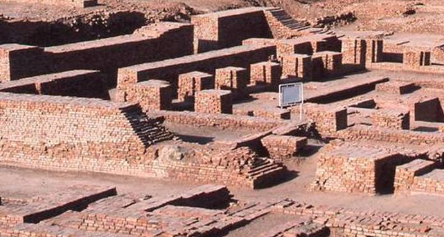
Often overlooked in history books, the Soan Valley near Rawalpindi holds secrets far older than cities and temples. Stone tools and fossils suggest early human presence stretching back half a million years.
It’s one of the oldest known prehistoric settlements in South Asia and proves that human ancestors lived, hunted, and made tools in this region during the Lower Paleolithic Age.
Real Story:
The Soan Valley reminds us that Pakistan’s ancient history didn’t start with cities. This land saw human survival and innovation before written language or organized religion even existed.
5. Kot Diji and Amri – The Proto-Indus Builders (3300–2600 BCE)
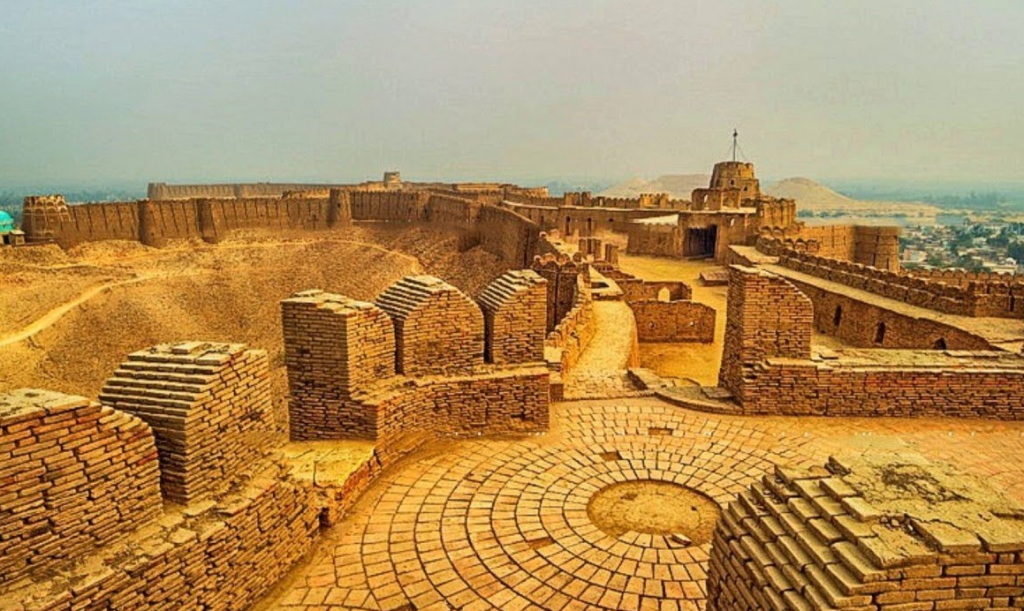
Before Mohenjo-daro and Harappa, there were Kot Diji (Sindh) and Amri, smaller fortified towns that helped lay the groundwork for the urban boom of the Indus Valley.
These sites show signs of early fortifications, pottery, and copper tools. The transition from village life to urban planning is clearly visible in the archaeological layers.
Real Story:
Often dismissed as minor sites, these settlements are proof that civilization evolved here, not suddenly appeared. They represent the ‘missing link’ between rural life and full-fledged urbanism.
6. The Achaemenid and Mauryan Imprints (6th–2nd century BCE)
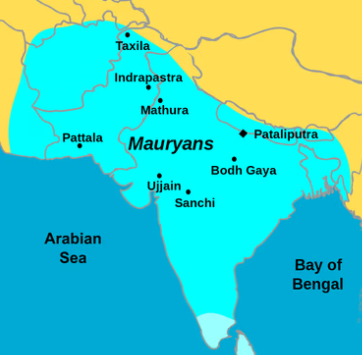
Though not native civilizations, Persian (Achaemenid) and Indian (Mauryan) empires left a deep mark on Pakistan’s history. The Achaemenids ruled over regions of present-day Pakistan, introducing administrative systems and coinage.
Later, Ashoka the Great, the Mauryan emperor, promoted Buddhism across Gandhara and built edicts in Kharosthi script, some still visible today.
Real Story:
Rather than conquerors, these empires acted as cultural bridges, integrating local traditions with new ideas and technologies—paving the way for future diversity in the region.
Why This Matters Today
Learning about these ancient civilizations isn’t just about history—it’s about identity and legacy. From sustainable urban planning in Mohenjo-daro to the multiculturalism of Gandhara, Pakistan’s ancient past holds valuable lessons for today’s challenges.
Moreover, by shedding colonial-era myths and embracing new archaeological interpretations, we can better appreciate the true brilliance of these early societies.
Conclusion: History Beyond the Headlines
Pakistan’s land is not just rich in mountains and minerals—but in stories buried beneath the soil. Each ancient civilization, from Mehrgarh’s farmers to Gandhara’s monks, helped write the early chapters of human development.
As platforms like Rikhtiya continue to spotlight these lesser-known narratives, they help reclaim a cultural heritage that deserves global recognition. Here, history isn’t just remembered—it’s rediscovered, retold, and respected.

